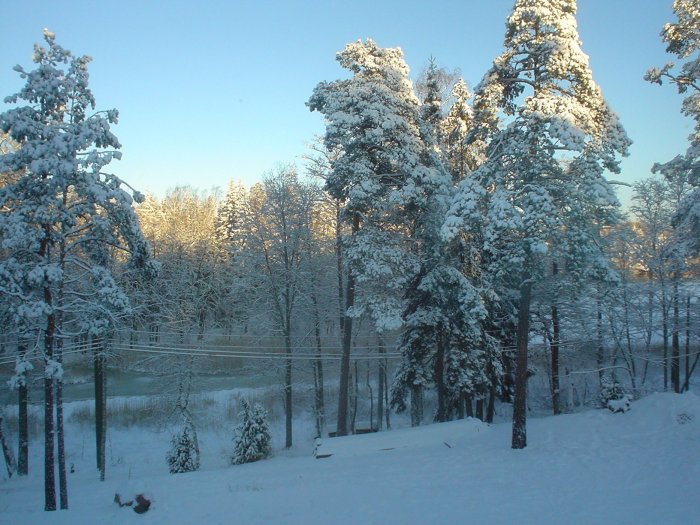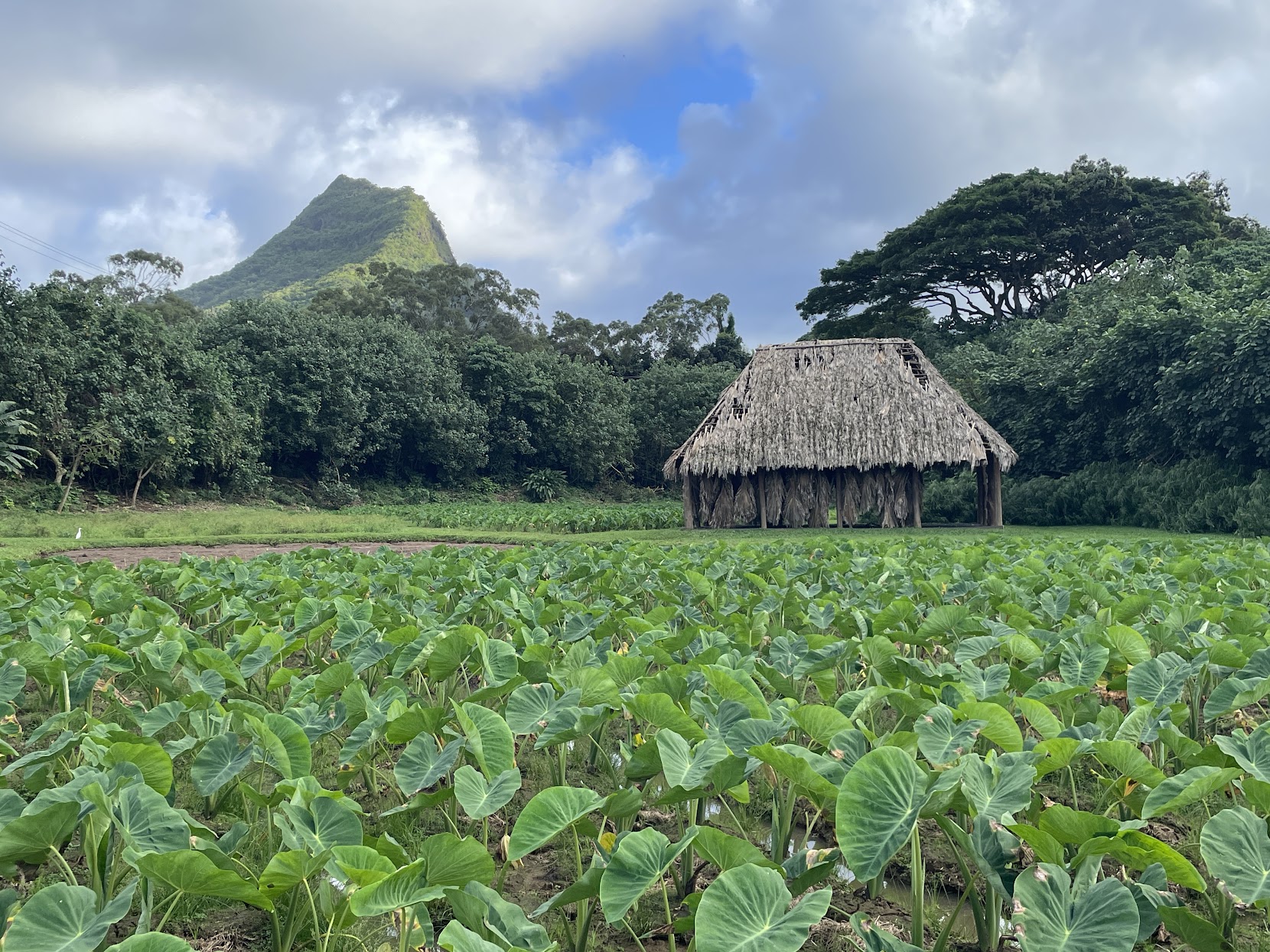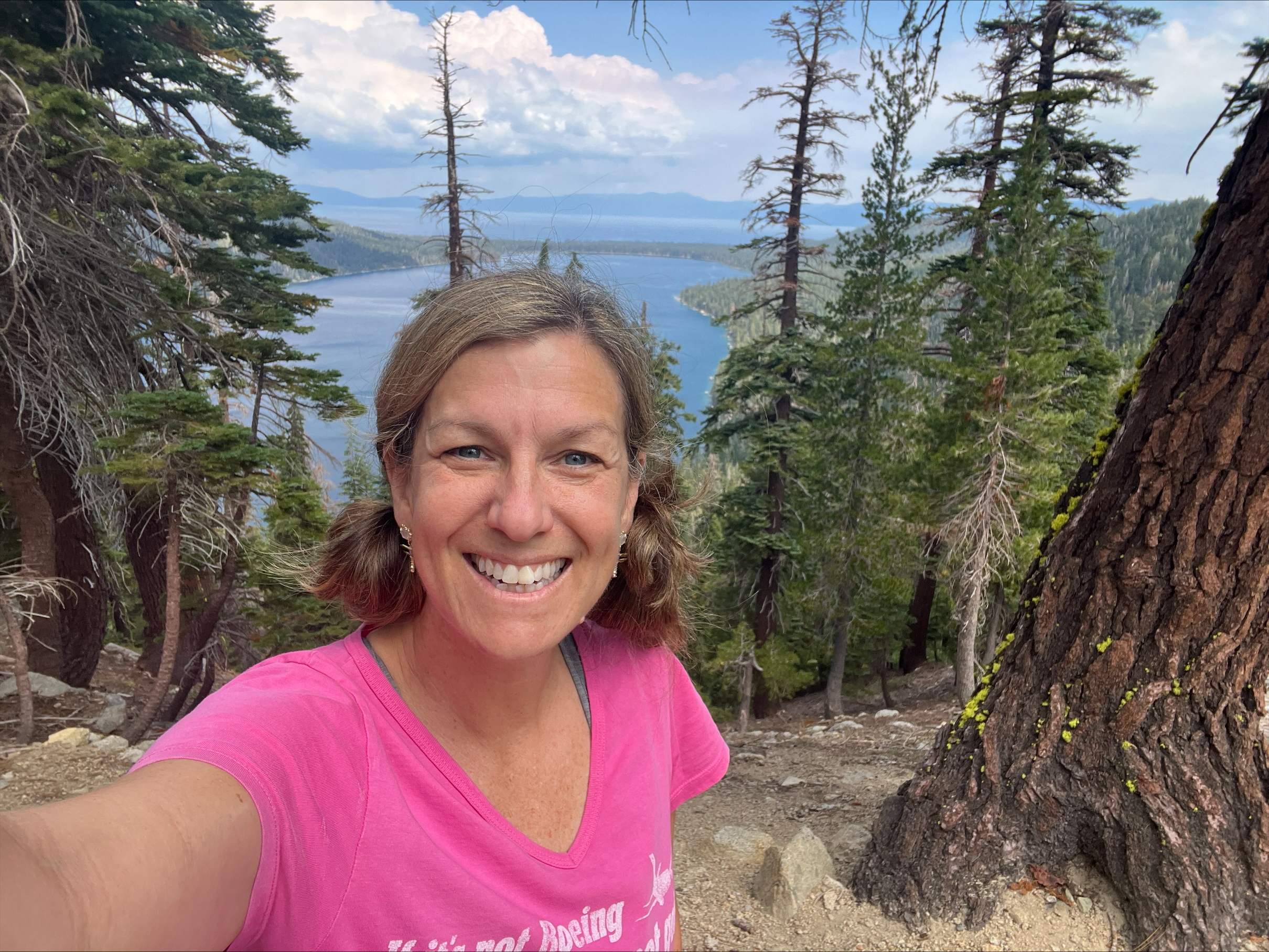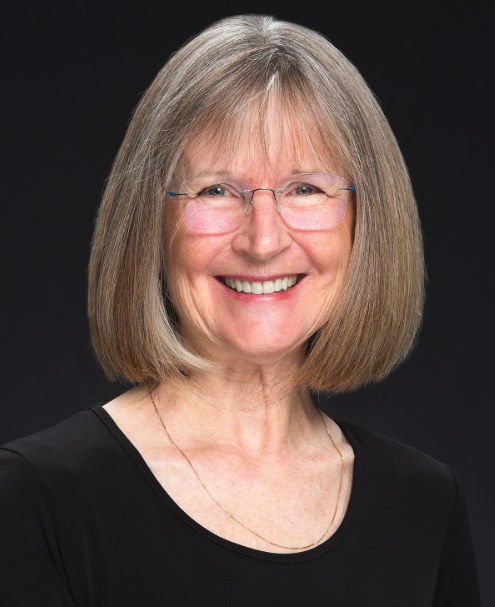Six-thirty a.m. Dark. No sound save the wind’s distant crescendos and calms. No traffic sounds. Slip out of bed to check the internet for closings: could it be? Oh, snow day! A peek outside: streetlamp light illuminates the snow, still blowing horizontally, at least eight inches overnight on the street, the driveway. Every twig and shaggy pine branch, every mailbox and phone wire frosted white. Back to bed. No more alarm. The family sleeps, everyone safe, nowhere anyone needs to go. The house is warm and fully stocked. Everything can wait: shoveling, work, even wakefulness. Return to dreams.
I remember one snow day when I was in high school. We had scheduled a trip to the state capitol in Lansing, Michigan, with government class or something. But a storm hit, and school was closed and the trip was cancelled. How did we even notify each other of this? Radio? A phone tree? I can’t remember. But I do remember being awake and dressed in the morning dark, thinking how very many wonderful, uninterrupted hours I now had to read, and I was going to start right that minute. So I climbed into a big chair, turned on the lamp in the silent house, and read All the President’s Men.
I have lived in wintry climes all but a few years of my life, and I have learned to manage the privations and troubles of winter. I don’t love it; I don’t hate it. But every once in a while, winter howls and snarls and then presents a gift: the snow day. School is cancelled, the office is closed, and for a few hours we all admit that we cannot win against nature, so we surrender. We relax into retreat. Everyone agrees that whatever we had planned for the day wasn’t all that important after all: classes, meetings, shopping, errands—everything can wait. Stay safe. Listen to the quiet after the wind calms. Take a true and blessed Sabbath. Rise late, drink coffee slowly, let the children stay in their pajamas.
Such a rare gift, to feel completely safe, completely free from obligation. To feel as if the world is whirling around you in its marvelously dangerous way, but at least for the moment, all your loved ones are safe and you are quiet in your hiding place, merely being. This is the state of mind that spiritual gurus are always urging us to cultivate. Some of us need a good blizzard to help us get there.
Unfortunate, isn’t it, how rare a good snow day is? More often they’re complicated and tangled. The kids get a day off from school, but the grownups still have to struggle their way through unplowed streets to work. Or we have work that simply can’t wait, even in a blizzard—as first responders or tow-truck drivers or police officers or health care workers. Or the day “off” is a big disappointment: the flight is delayed or the trip cancelled. The obligations simply pile up higher on some other day.
When the storm that hit my city was just gaining momentum on Thursday, we sat at the dinner table together, and I wondered aloud what people did “back in the day” when a blizzard hit. Everyone shrugged: “Crank up the fire, I guess.” Was it easier for a family in 1740 to let their daily business go so they could hunker down? Did they more easily surrender since they already assumed that winter demanded a slower pace? I thought about homes constructed without good insulation or central heat, people huddling close to a smoky fire, trying to write letters by candlelight. I thought about outhouses…
I remember being deeply impressed as a little girl reading the wintry drama passages in the Laura Ingalls Wilder books. The winter they all nearly starved until Almanzo risked his life to travel by sleigh for miles and bring back sacks of grain. The winter the cows had to be unstuck from the field because their noses had frozen to the ground. The winter Pa tied a rope between the house and the barn so he wouldn’t lose his way in white-out conditions.
Perhaps my dreamy, quintessential snow day is only possible because of our snug, modern homes and more-than-ample pantries and privileged work arrangements. Then again, perhaps the relentless responsibilities of modern life, the confusions and dangers of the modern world—perhaps these are exactly why a moment of stillness is such a rare and blessed thing.
At any rate, I never got one during this recent Michigan storm. Thursday night around 10 p.m., as the snow blew and roads became increasingly treacherous, my 19-year-old decided to take my car out and visit a friend. “I’ll be really careful!” he assured me. His 21-year-old sister was out, too, at her fiancé’s house. So much for my loved ones all safe in bed. I awakened at midnight, instantly certain that neither of them had made it home yet. Our cell phones were turned on and next to our bed. Quiet panic, furtive prayers.
At four a.m., the alarm went off. Both kids had returned, but now my husband, amid continuing wind and snow, had to bring the 21-year-old to meet the bus that would carry her and a group of fellow college students, through the storm, to Chicago to catch a plane to Quito for a study trip to the Galapagos Islands. More furtive, sleepy prayers. Vague references to guardian angels.
By six-thirty, husband is back in bed but I am awake to discover that, while my high schooler has the day off, I do not. Shower up, pack the bag, run the minivan right over the eight inches of snow in the driveway and the side roads, off at dawn to a busy campus for the day’s tasks.
No hiding in that still center today. But prayers of thanks anyway, for warm homes, for a loved one safely launched on a rare adventure, for others safe, for cars that manage the unplowed roads, for good work, for the easing of the storm, for a different kind of snow day.





